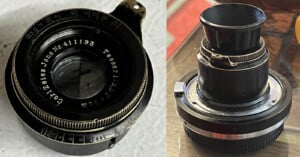
Converting a 103-Year-Old Zeiss Lens to Autofocus M-Mount
Recently I was rummaging around in a box of old cameras, and I stumbled across a cute little Zeiss lens that I didn’t even know I had.

Recently I was rummaging around in a box of old cameras, and I stumbled across a cute little Zeiss lens that I didn’t even know I had.
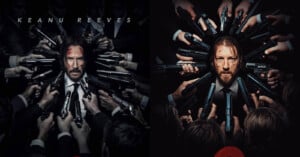
For starters, I love the fast-paced John Wick series, and I think that Keanu Reeves is just a badass in general. Now I don’t use this word often, but everything about these movies is pure cinematic gold — the lighting, composition, camera movement, etc. (But, that’s just my opinion.) So, I decided to recreate this cinematic John Wick Chapter 2 movie poster, and show you exactly how I did it!
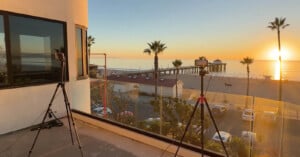
I recently made a ten-day timelapse video on two smartphone cameras of my hometown of Manhattan Beach, California, for multiple sunsets, moonrises, flowing clouds, and all sorts of stuff the naked eye rarely gets to see.
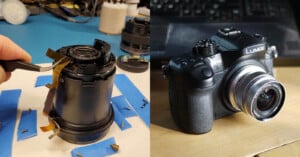
While cleaning one of my camera sensors, I noticed my incredibly pocketable and convenient 12mm f/2.0 Olympus lens developed a fatal flaw. A rather large reflective fragment became dislodged inside the lens and was robbing me of precious photons. I couldn't fully clean the rear element with compressed air and a microfiber cloth, so I decided to dig a little deeper and disassemble the lens.
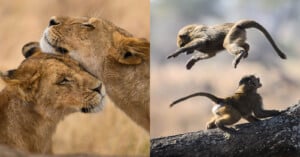
Quick question: what’s the best lens for photographing wildlife at different distances? A telephoto zoom, of course, because then you can zoom for the focal length and framing you want. But if that’s true, then why did I take a fixed telephoto with me on the safari I just led to Africa? Because, paired with two teleconverters and one camera feature, it actually gave me MORE focal lengths to work with. Let me explain…
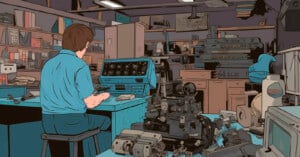
I had the Mamiya RB67 and Pentax 67 on my medium-format wanted list for many years now, but I simply could not justify the price tag or bear the unfortunate realization that either camera would sit lonely and unused on a shelf. That all changed in December 2022 when I decided to grab a non-working RB67 as a Christmas Present for my eldest brother.
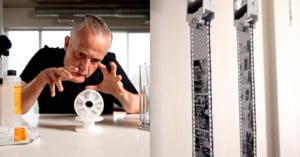
The film photography revival is going strong but these pictures don’t just magically appear out of thin air! Eventually you need to develop your film so I put together this step-by-step guide to process black and white negatives at home. It’s easier than you might think!
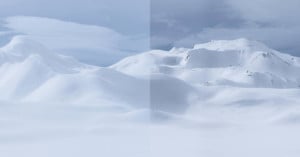
One of the challenges of photographing landscapes is creating images that reflect the right amount of depth and dimension. But sometimes it seems no matter how hard you try and how often you hear well-meaning advice from other photographers, the photos you take almost always come out darn flat.
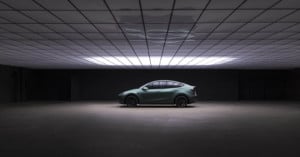
As creatives, more specifically as a photographer and filmmaker, we tend to get gigs all over the city. From big production to small, low-budget clients, our commute can be taxing, especially with increased gas prices.

"Flambient" real estate photography involves combining flash and ambient light for beautiful, high-end results. In this article, I will show how you can capture great real estate images using high dynamic range (HDR) and flash techniques.
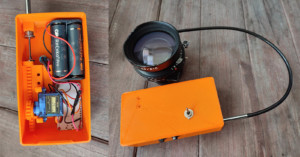
I do mainly large format photography, and I often take my own self-portrait by using my pneumatic cable release that has a long cable and air bulb release. However, I have long been thinking about how to make a more modern kind of remote cable release. In this article, I will show how I created a DIY remote cable release.
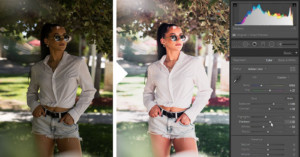
Don’t toss a photo just because the lighting isn’t the best. You may be able to bring it back alive in post-production. As photographers, we face countless different scenarios and it's nearly impossible to get the perfect shot 100% of the time.
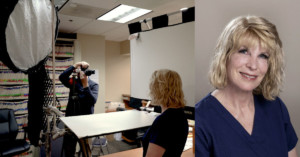
Hi, this is photographer Jay P. Morgan from The Slanted Lens. In this article and video, we’re going to take a look at how to set up a simple corporate portrait in a tight space.
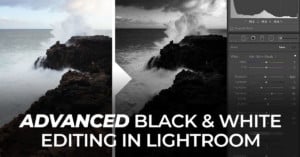
Black and white images can tell entirely different stories than color. By removing all of the colors, the tones carry the weight of the story. There’s a lot of gray area (pun intended) when it comes to black and white images as there’s no right or wrong way to take them. In this article and video, I’ll be walking through a new way to edit black and white images in Adobe Lightroom.
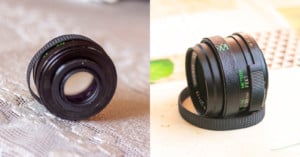
After purchasing Takumar 55mm f/1.8 lens years ago, I started building my collection of vintage lenses, and because I don’t like spending a lot of money on them, I became a frequent visitor of thrift stores, flea markets, and online auction sites.
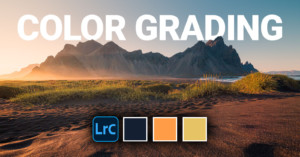
Color grading is a vital part of creating an eye-catching image, especially if you’re shooting raw. There are many ways to tackle it, of course, but in this 12-minute video and article, I want to show my personal Lightroom color grading process from start to finish.
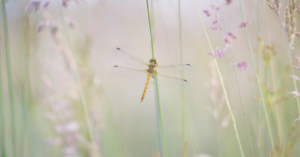
Photographing insects in the field demands higher shutter speeds, a steady hand, and a smaller aperture to ensure sharpness.
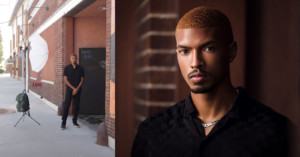
Street portraiture provides the opportunity to capture so much of the urban textures and patterns that give a city its look. The brick walls provide great leading lines as well as murals and large wall art that set a dramatic tone to any image.
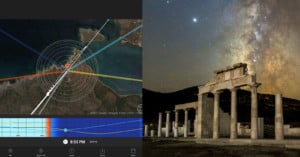
The first thing I always say to the participants of my photography workshops is to always spend enough time in preparation. I strongly believe that in order to make a good photo, no matter the genre, you have to be prepared as best as you can.
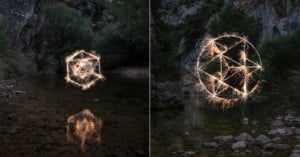
As a photographer, when you produce a series of photos that goes viral and you close sales and license deals because of it, it is tempting to simply continue doing the same and hopefully keep receiving the attention you had in the first place.
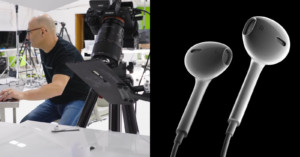
If you've ever wanted to learn how to shoot product photos like those seen in Apple advertisements, here's a short 4-minute tutorial by photographer Karl Taylor that you can do at home with just a couple of speedlights and homemade modifiers.
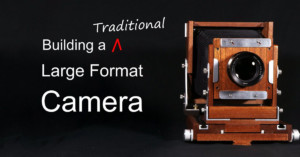
Patrick Sullivan is a woodworker with over 50 years of experience under his belt. In this 15-minute video, Sullivan shares how he spent the last couple of months building a traditional large format camera -- a project that kept him "absolutely fascinated."
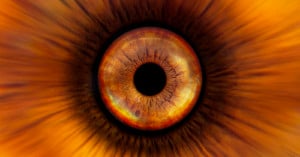
The world of macro photography is full of fascinating subjects, but eyes and irises have got to be among the most mesmerizing ones. As with most captivating subjects, capturing it can be quite a challenge.
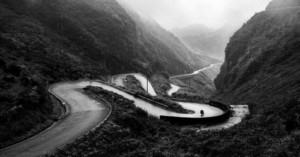
Between 2010 and 2013, I toured the world for the first time. After living in Australia and Asia, I returned home but always felt like my urge to visit and live in foreign places was still not fully satisfied.
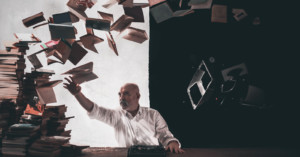
Photographer Alper Yesiltas has shared a detailed breakdown of how he came up with and executed a photo idea that embodied the idea of both "to read" and "to write." While "to read" came to him quickly, "to write" took considerably more time and effort.
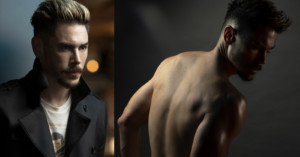
In a video series that takes an unusual perspective, photographer Isaac Alvarez lets his model – in this case, Vanderpump Rules star Tom Sandoval – do the talking. For photographers who often talk about their process, this video lets you hear what it's like on the other side of the lens.

Photographer Dustin Dolby is back with a new no-frills product photography tutorials that his viewers have been asking him to do for ages: whiskey. In this walkthrough video, he takes you step-by-step through the entire process of capturing and editing together a professional whiskey bottle product shot using only one light.
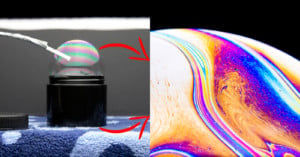
There are certain subjects in the macro world, which are so fascinating and absorbing that almost every macro photographer will point a camera at them at some point. No matter how many photos you take or see of these subjects, their charm does not seem to wear off.

After making a fairly straightforward thermal modification to his new Canon EOS R5, maker/tinkerer Yifan Gu was able to get the camera to record unlimited 8K without having to resort to various timer resetting "hacks." All he had to do was swap out the thermal pads and add a couple more.
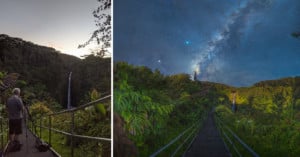
Summer and Fall are wonderful for photographing the Milky Way here in Hawai'i. We have many locations with dark skies and breathtaking scenery too. In October, the brightest part of the Milky Way (galactic core) is near the horizon at sunset; by November it'll be below the horizon when it gets dark.